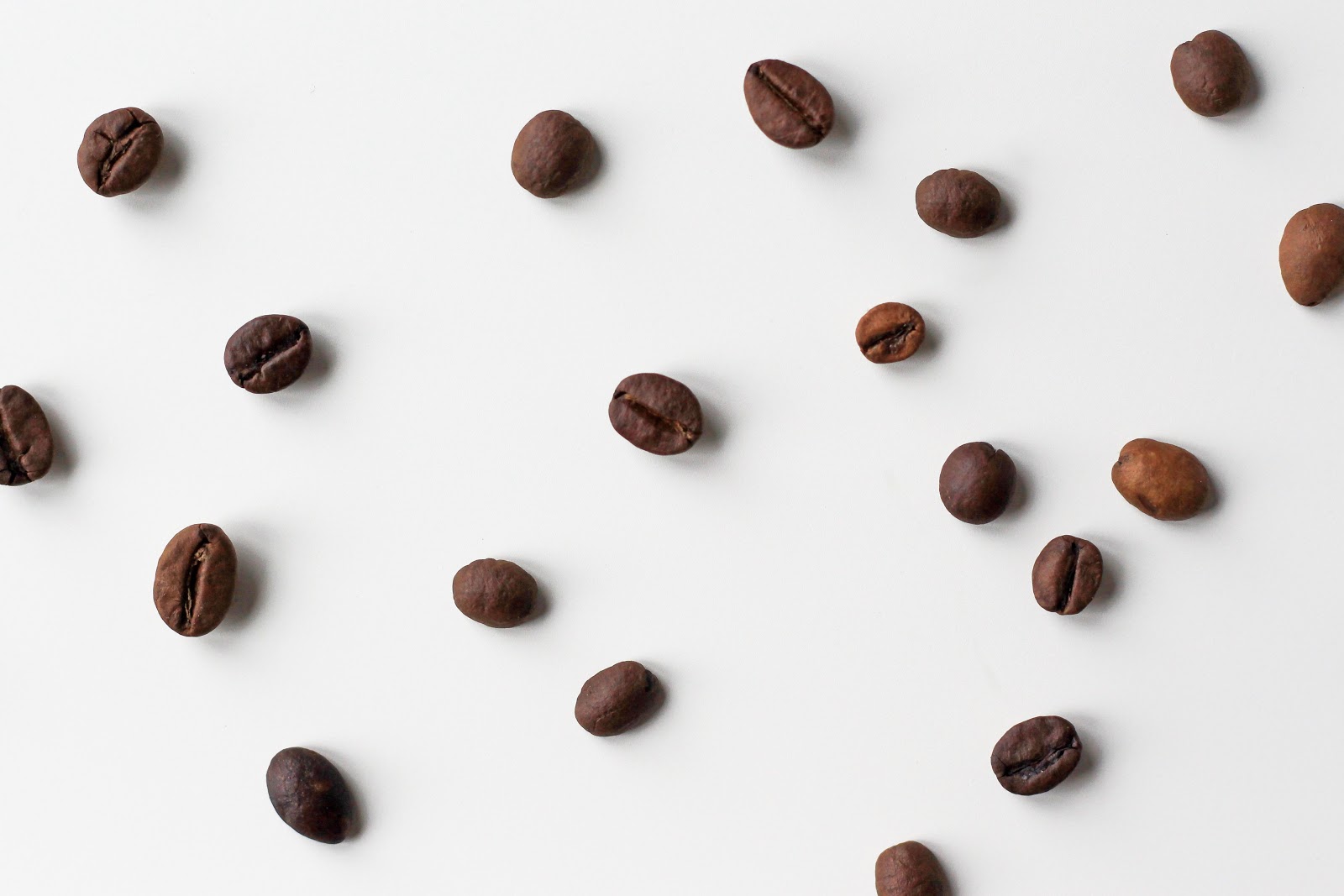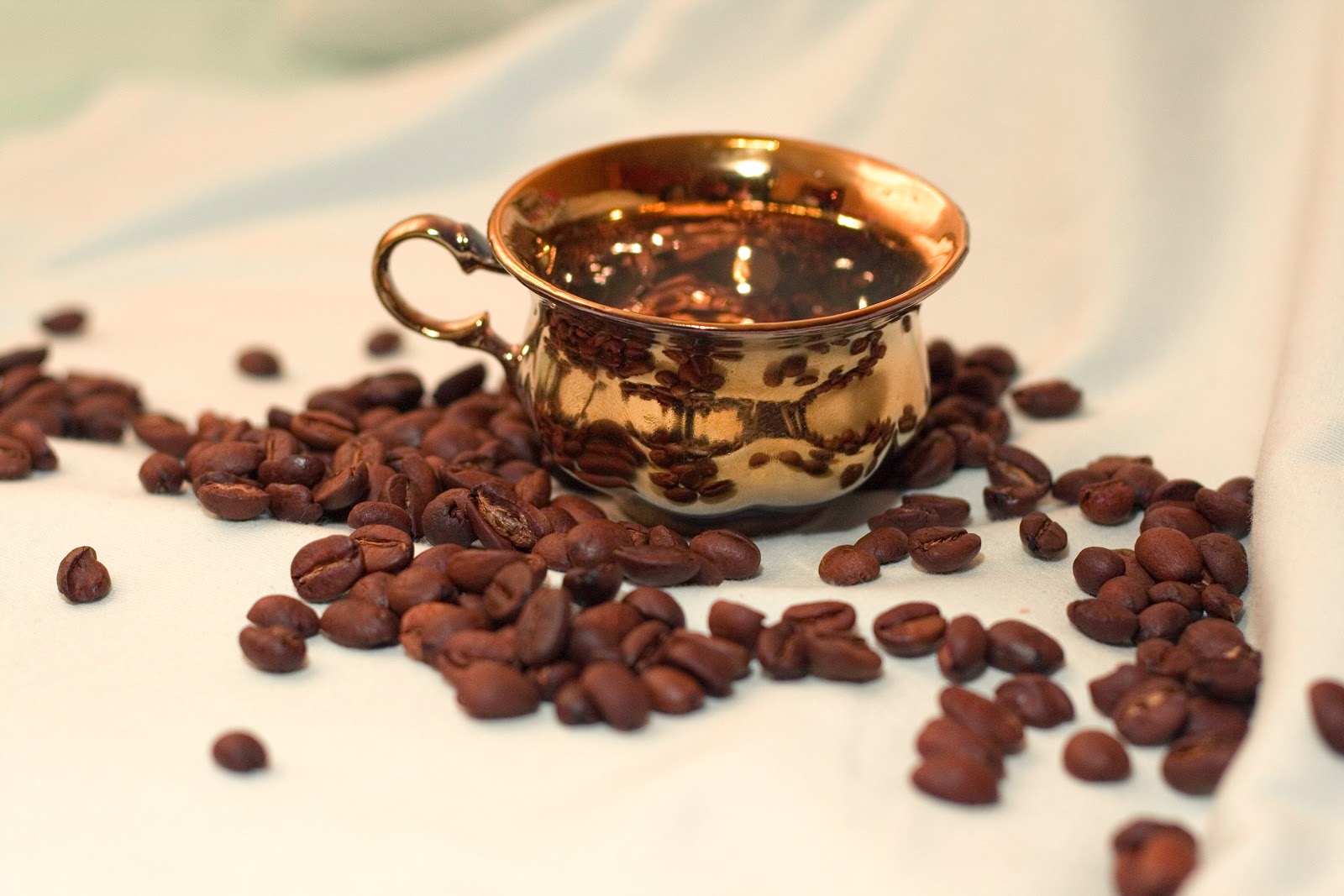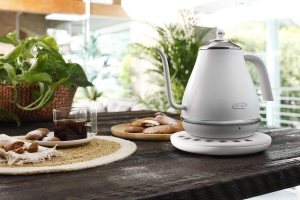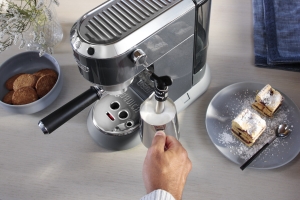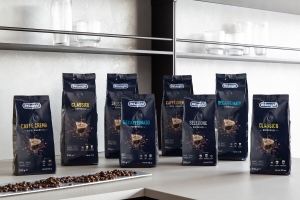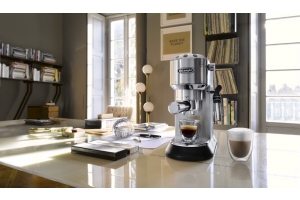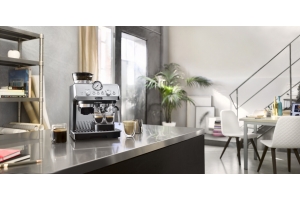specialty coffee
-
Posted: December 08, 2021Categories: Coffee 101
-
Posted: January 30, 2020Categories: The BeanRead more »
That bag of beans sitting on the shelf of your favourite cafe probably comprises single origin coffee beans. Your barista loads the beans into the espresso machine, and out comes a stream of espresso that makes your morning a little better — with a fantastic flavour and just the right amount of caffeine kick. The coffee beans may be sourced from a farm in Brazil or Ethiopia, but chances are, they are Guatemalan. They say, Guatemalan coffee — strong, full-bodied, moderately acidic, and deliciously-flavoured — is the perfect first step towards high-quality coffee beans for those looking for a switch from drinking mass-produced coffee. Well, they aren’t wrong. We’re here to talk about Guatemalan coffee and what makes it special and unique. Fun fact: Did you know that, despite its small size, Guatemala is one of the top ten coffee producers in the world with more than 204,000 metric tons of coffee beans a year?
8 Coffee Regions in Guatemala
[caption id="attachment_6573" align="alignnone" width="1920"] Guatemala is a tiny country of 108,890 square kilometres. Yet this country produces some of the world’s best coffee beans. With its diverse climate and altitude, coffee is cultivated almost everywhere in all eight regions. Photo from Pixabay[/caption] Guatemala is the Mecca for coffee farmers — and for very good reasons. Coffee in Guatemala is grown at an altitude of over 5,000 feet, which explains its robust and distinctive flavour. Guatemala’s unique growing region, with a
Guatemala is a tiny country of 108,890 square kilometres. Yet this country produces some of the world’s best coffee beans. With its diverse climate and altitude, coffee is cultivated almost everywhere in all eight regions. Photo from Pixabay[/caption] Guatemala is the Mecca for coffee farmers — and for very good reasons. Coffee in Guatemala is grown at an altitude of over 5,000 feet, which explains its robust and distinctive flavour. Guatemala’s unique growing region, with a
-
Posted: January 08, 2020Categories: Coffee 101
-
Posted: October 09, 2019Categories: The BeanRead more »
It’s common knowledge that most of the coffee beans produced commercially come from two varieties: Arabica and Robusta. But did you know that there are actually other lesser-known varieties of coffee bean? One of them is Liberica, which accounts for less than 2% of commercially-produced coffee worldwide. In this article, we’ll tell you all you need to know about the world’s rarest type of coffee.
What’s so special about Liberica?
[caption id="attachment_7483" align="alignnone" width="1200"] A Liberica coffee bean (middle) flanked by Arabica beans. Liberica beans are larger and irregular in shape compared to Arabica beans. Photo from Fernando Medrano[/caption] Originating from Liberia in West Africa, the Liberica coffee plant produces larger, irregular-shaped cherries compared to Arabica plants. It’s said to have a floral and fruity aroma, but when made into coffee, has a full-bodied, woody taste. Those who have been lucky enough to try Liberica coffee say it tastes unlike any coffee they’ve had before. Thanks to its complex flavour profile, Liberica beans are often added to coffee blends to give it more dimension. [caption id="attachment_7486" align="alignn
A Liberica coffee bean (middle) flanked by Arabica beans. Liberica beans are larger and irregular in shape compared to Arabica beans. Photo from Fernando Medrano[/caption] Originating from Liberia in West Africa, the Liberica coffee plant produces larger, irregular-shaped cherries compared to Arabica plants. It’s said to have a floral and fruity aroma, but when made into coffee, has a full-bodied, woody taste. Those who have been lucky enough to try Liberica coffee say it tastes unlike any coffee they’ve had before. Thanks to its complex flavour profile, Liberica beans are often added to coffee blends to give it more dimension. [caption id="attachment_7486" align="alignn
-
Posted: July 31, 2019Categories: The BeanRead more »
These days, light roast coffee is experiencing a surge in popularity. So what’s changed in the coffee-drinking world? Well, a lot, but let’s begin with the different shades of coffee roasts. There is a real distinction between light, medium and dark roast coffee, and we’re talking about more than just the colour of the coffee beans when they are removed from the roaster. We sat down (over coffee, of course,) with some of the most passionate coffee connoisseurs to shed some light on everything you need to know about coffee bean roasts. Hint: The difference lies in the taste too, not just the amount of caffeine kick.
Light Roast Coffee
[caption id="attachment_7126" align="alignnone" width="2560"] Light roast, easily identified by its light brown colour, gives off a more pronounced acidic flavour while retaining the origin of the coffee bean. Photo from Hal Gatewood[/caption] Let’s start with the lighter side of the spectrum. Have you ever had a cup of coffee that was so bitter, it took a while to finish it? If you find yourself enjoying coffee with a sweeter, more tangy taste, light roast coffee is your go-to order. Read more: Why Does My Coffee Taste Bitter and How Do I Fix It? When coffee cherries are picked, the beans are soft, green in colour and tasteless before they are roasted to bring out the aroma and flavour that we have come to know and love. Light roast coffee beans are roasted between 175-200°C to either just before or right at the first crack. Word has it that coffee roasters in the 80s realised when high-quality beans ar
Light roast, easily identified by its light brown colour, gives off a more pronounced acidic flavour while retaining the origin of the coffee bean. Photo from Hal Gatewood[/caption] Let’s start with the lighter side of the spectrum. Have you ever had a cup of coffee that was so bitter, it took a while to finish it? If you find yourself enjoying coffee with a sweeter, more tangy taste, light roast coffee is your go-to order. Read more: Why Does My Coffee Taste Bitter and How Do I Fix It? When coffee cherries are picked, the beans are soft, green in colour and tasteless before they are roasted to bring out the aroma and flavour that we have come to know and love. Light roast coffee beans are roasted between 175-200°C to either just before or right at the first crack. Word has it that coffee roasters in the 80s realised when high-quality beans ar
-
Posted: July 03, 2019Categories: Coffee 101
-
Posted: April 30, 2019Categories: The BeanRead more »
A product of Kenya’s once lush and elusive coffee farms elevated 2000m above sea level, the Kenyan coffee is often lauded as one of the best coffees in the world. The bean is loved for its distinctive taste that gives off wafts of fresh, floral aroma and its notes of bergamot, berries and lemongrass upon tasting. Why then, with its quality and complex flavour, is the elusive Kenyan coffee not more popular or known?
Kenyan Coffee: Origins
[caption id="attachment_6903" align="alignnone" width="2000"] Kenyan Coffee, while medium-bodied, lingers on the palate with its juicy and rich flavour. Photo from Louis Hansel[/caption] The Kenyan Coffee originates from the red volcanic soil on plateaus to the north and east of Nairobi. Mainly a crop grown by smaller farms and cooperatives as well as within the confines of larger estates, it yields only 2 million bags a year. In comparison to its 50 - 500 trees, a common South American coffee farm boasts 5,000 - 10,000 trees. The best Kenyan coffee can be found within their very own local coffee roasters, who roast the beans fresh daily. More commonly, however, brands such as Starbucks and Amazon offer pre-roasted packs in stores and online. However, after roasting, the flavour diminishes the longer it is stored and when tasted, simply does not do it justice to the bean’s potential.
Kenyan Coffee, while medium-bodied, lingers on the palate with its juicy and rich flavour. Photo from Louis Hansel[/caption] The Kenyan Coffee originates from the red volcanic soil on plateaus to the north and east of Nairobi. Mainly a crop grown by smaller farms and cooperatives as well as within the confines of larger estates, it yields only 2 million bags a year. In comparison to its 50 - 500 trees, a common South American coffee farm boasts 5,000 - 10,000 trees. The best Kenyan coffee can be found within their very own local coffee roasters, who roast the beans fresh daily. More commonly, however, brands such as Starbucks and Amazon offer pre-roasted packs in stores and online. However, after roasting, the flavour diminishes the longer it is stored and when tasted, simply does not do it justice to the bean’s potential. Poor Marketing
To examine why the Kenyan coffee goes unappreciated, it boils down to bad, if not a lack thereof, marketing. Instead of marketing to the global audience, the coffee undergoes a cooperative system of marketing. Auctions are held each Tuesday of the harvesting season and buyers engage in intense price wars. On top of all tha -
Posted: February 27, 2019Categories: The BeanRead more »
Always running out of coffee? No time to drop by the grocer? With the influx of e-commerce services, subscription-based services have been gaining popularity lately. Coffee bean subscriptions are not lagging far behind. If you are interested in meshing up stress-free convenience with savings, here is our list of artisanal coffee bean subscription services in Singapore and Malaysia.
Perk Coffee, Singapore
[caption id="attachment_6729" align="alignnone" width="1500"] Perk Coffee sources a majority of their beans from developing regions in Africa and South America. Photo from Perk Coffee[/caption] It all started when couple Paul and Serena met and fell in love with coffee plantations in Africa. Paul has been a farmer for years and ensures that Perk’s coffee beans are of specialty grade, 100% Arabica, ethically and ethnically grown, sourced and roasted. Perk’s coffee gravitates towards a fruity and nutty flavour. Featuring an ever-changing seasonal menu, you can choose from a selection of single origin or blends, and darker roasts if you prefer a stronger brew. Roasting locally every Tuesday, Perk adheres to a strict roast-to-order model and delivers within 48 hours to ensure that your coffee reaches you at optimal freshness. Subscribers have the option to select how they would like their beans done - whole bean, ground, in drip bags or pods. For SGD17.90 per 250g pack or SGD18.90 for two 125g packs, you
Perk Coffee sources a majority of their beans from developing regions in Africa and South America. Photo from Perk Coffee[/caption] It all started when couple Paul and Serena met and fell in love with coffee plantations in Africa. Paul has been a farmer for years and ensures that Perk’s coffee beans are of specialty grade, 100% Arabica, ethically and ethnically grown, sourced and roasted. Perk’s coffee gravitates towards a fruity and nutty flavour. Featuring an ever-changing seasonal menu, you can choose from a selection of single origin or blends, and darker roasts if you prefer a stronger brew. Roasting locally every Tuesday, Perk adheres to a strict roast-to-order model and delivers within 48 hours to ensure that your coffee reaches you at optimal freshness. Subscribers have the option to select how they would like their beans done - whole bean, ground, in drip bags or pods. For SGD17.90 per 250g pack or SGD18.90 for two 125g packs, you
-
Posted: November 07, 2018Categories: The BeanRead more »
In the Philippines, coffee is the most consumed beverage after water. A 2015 study by research firm Kantar Worldpanel found that coffee is a staple drink for Filipinos, who have shifted from being moderate to heavy coffee drinkers. This probably isn’t a surprise for those in metro Manila and other urbanised areas, which are chock-full of coffee houses ranging from big chains to boutique cafes. But the country’s coffee culture has surprisingly old roots, and some aspects of it – including the elusive and endangered form of Liberia, kapeng barako – are not well known.
Kapeng Barako: Origins
A coffee varietal that belongs to the species Coffea liberica, kapeng barako is grown in the Philippines, predominantly in the provinces of Batangas and Cavite. The term barako refers to Philippine liberica. The liberica is one of four identified species of coffee, along with robusta, excelsa and arabica. Of these, liberica has the biggest cherries and therefore, produces bigger beans. The story of barako in the Philippines dates back 200 years, when it was first planted in a place called Lipa City in Batangas. Coffee had only recently been introduced to the country by a Franciscan friar but it quickly grew into a thriving industry. Subsequently, the Philippines became a key coffee producer. In the Philippines, “barako” is a name g



